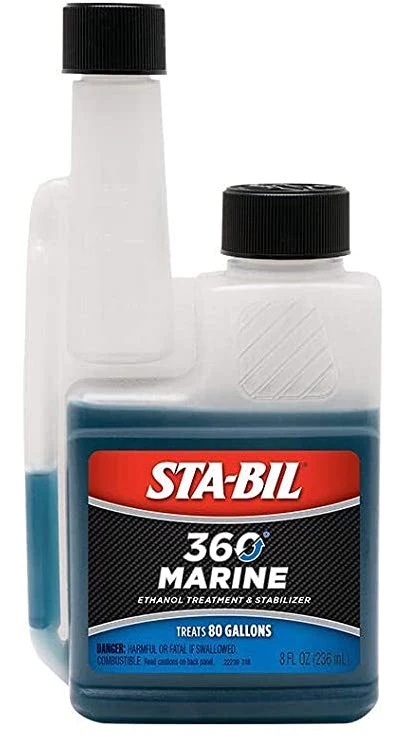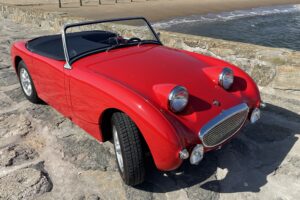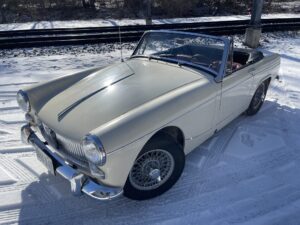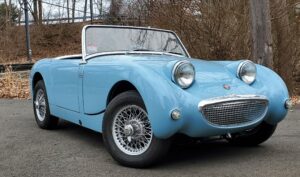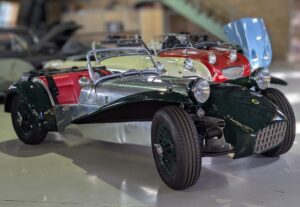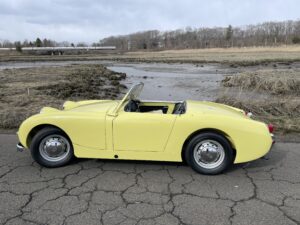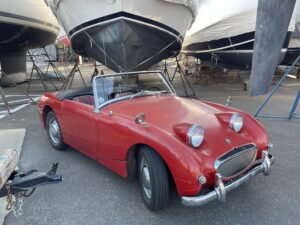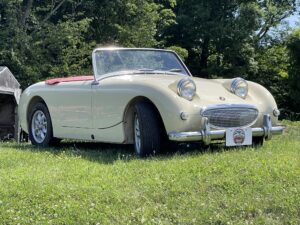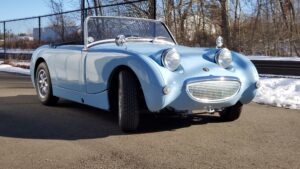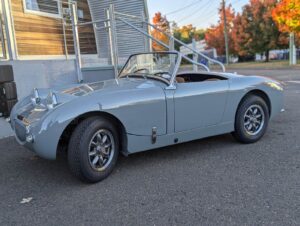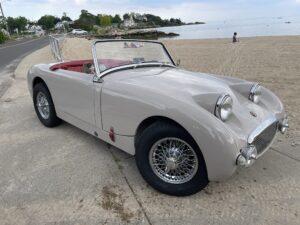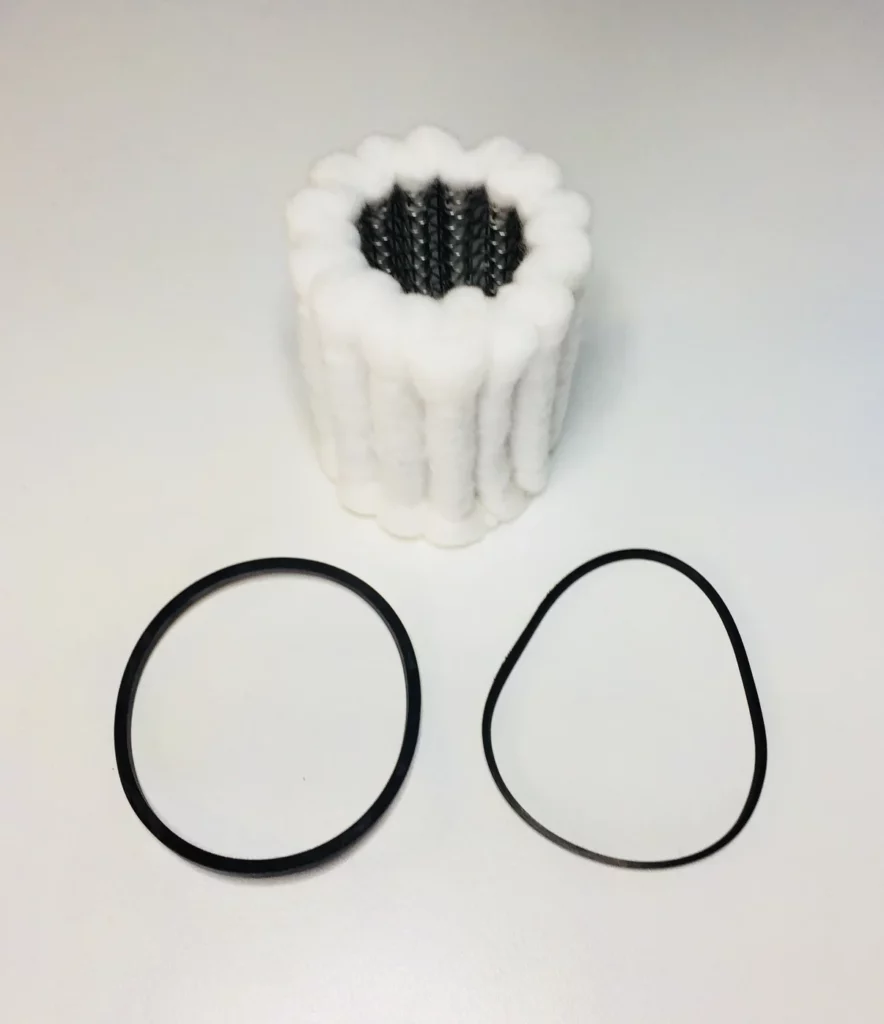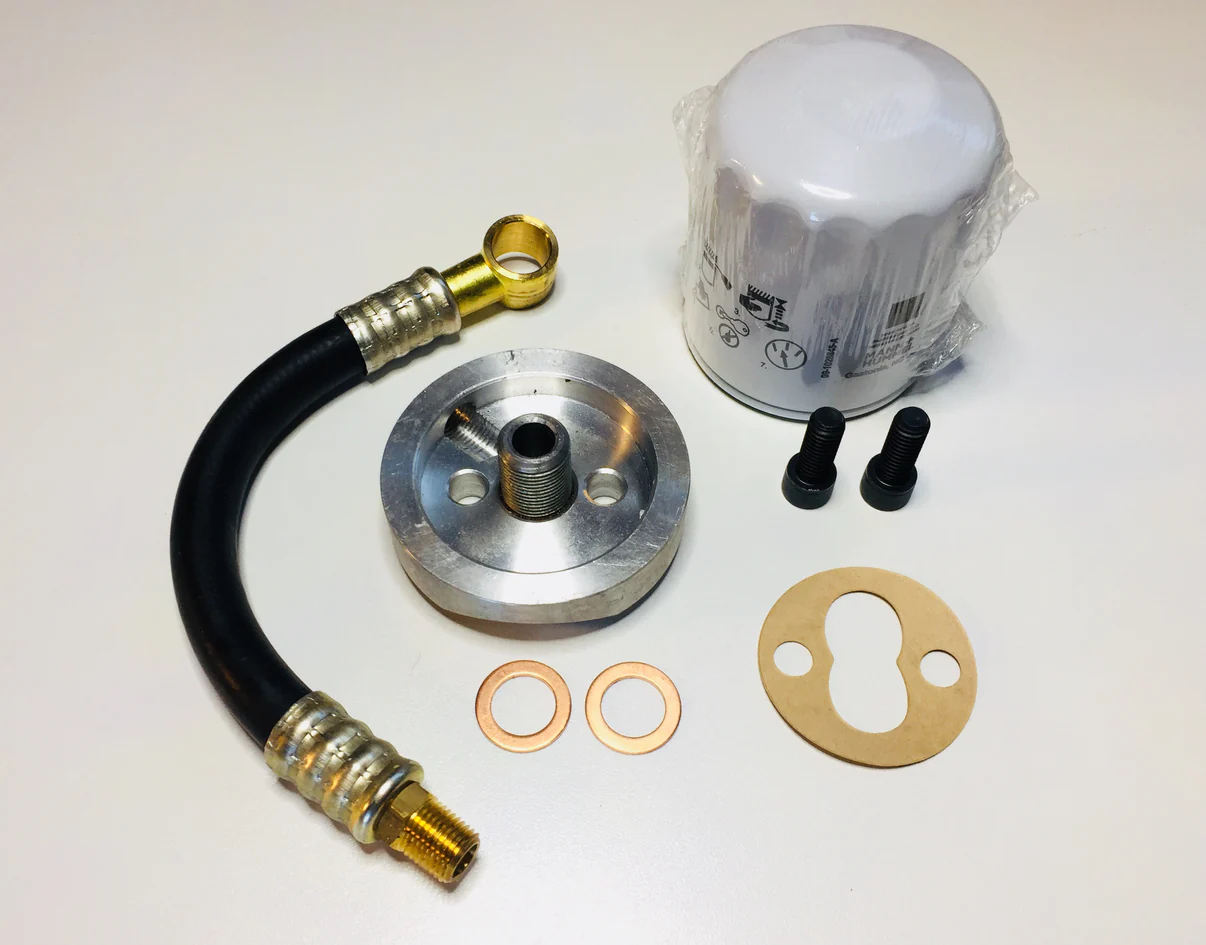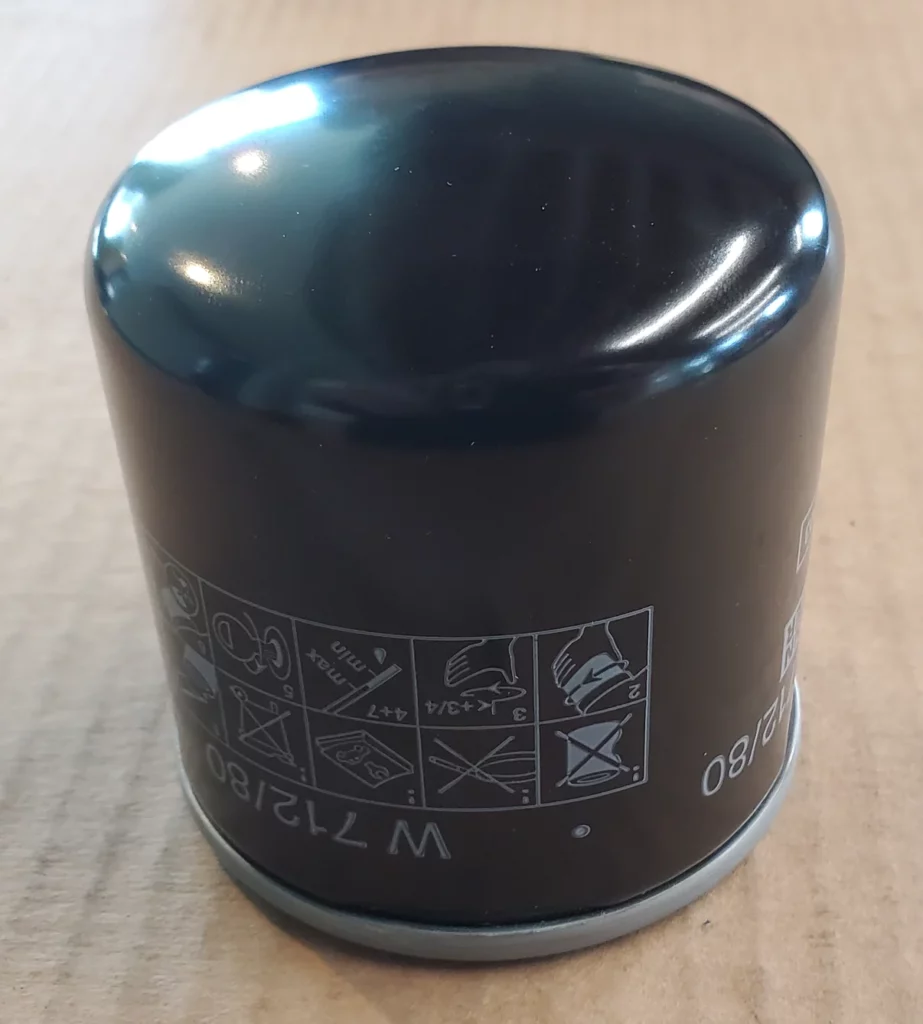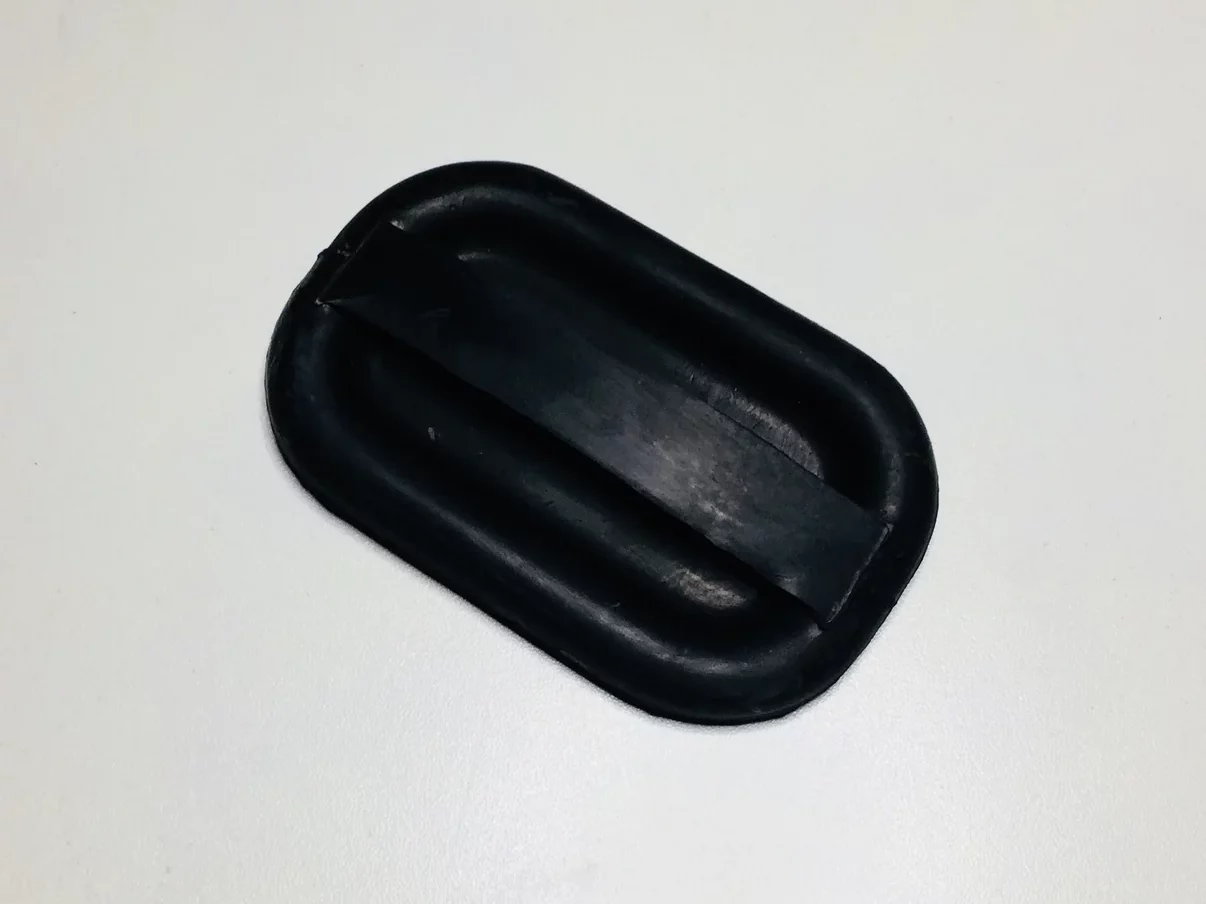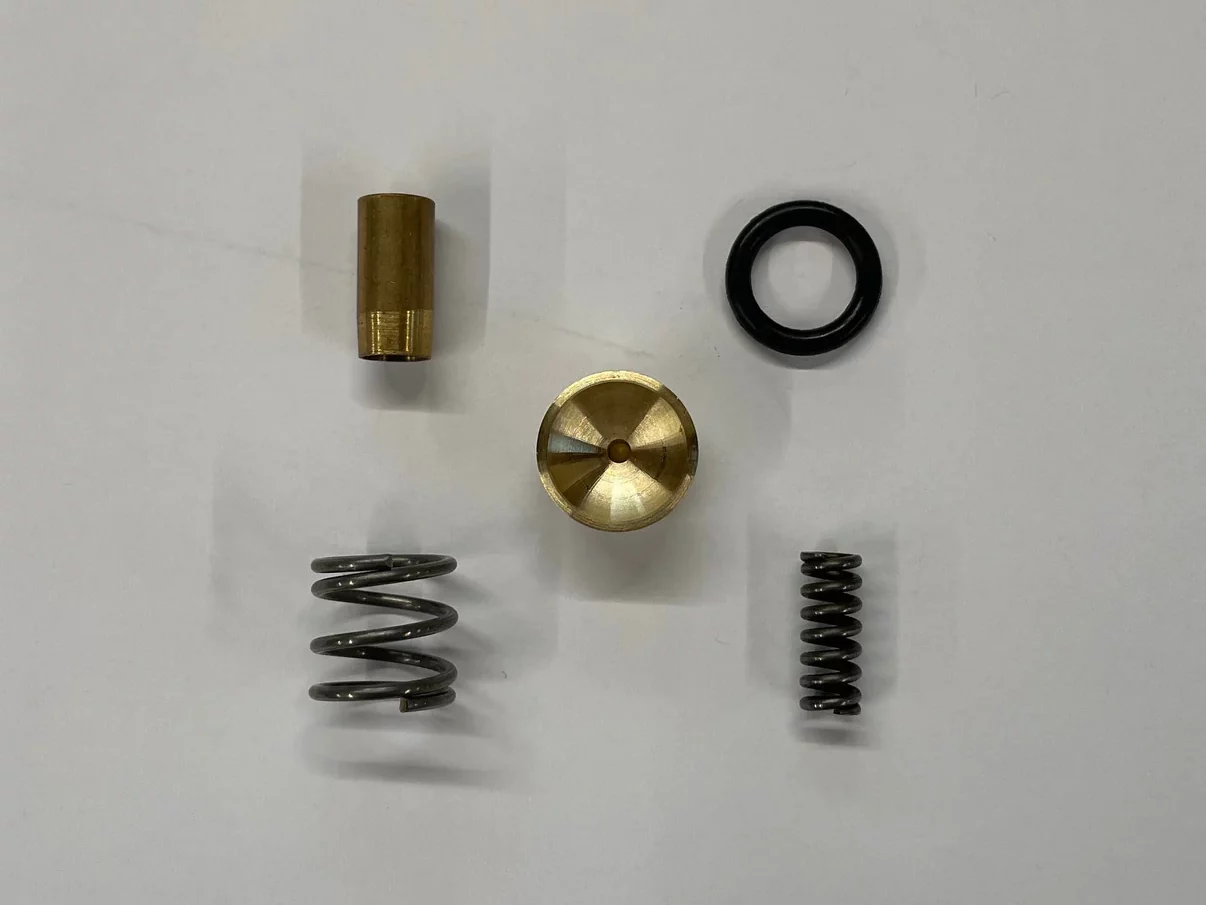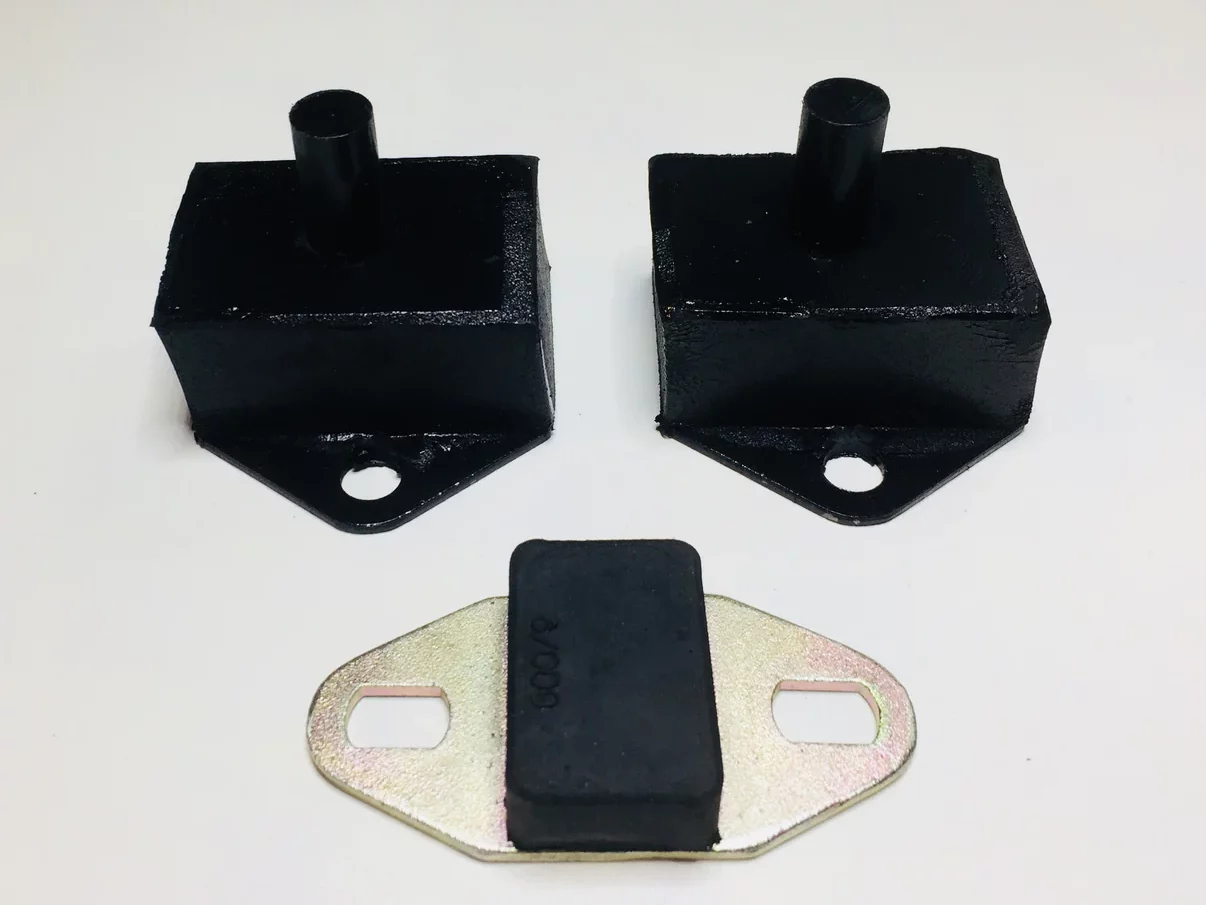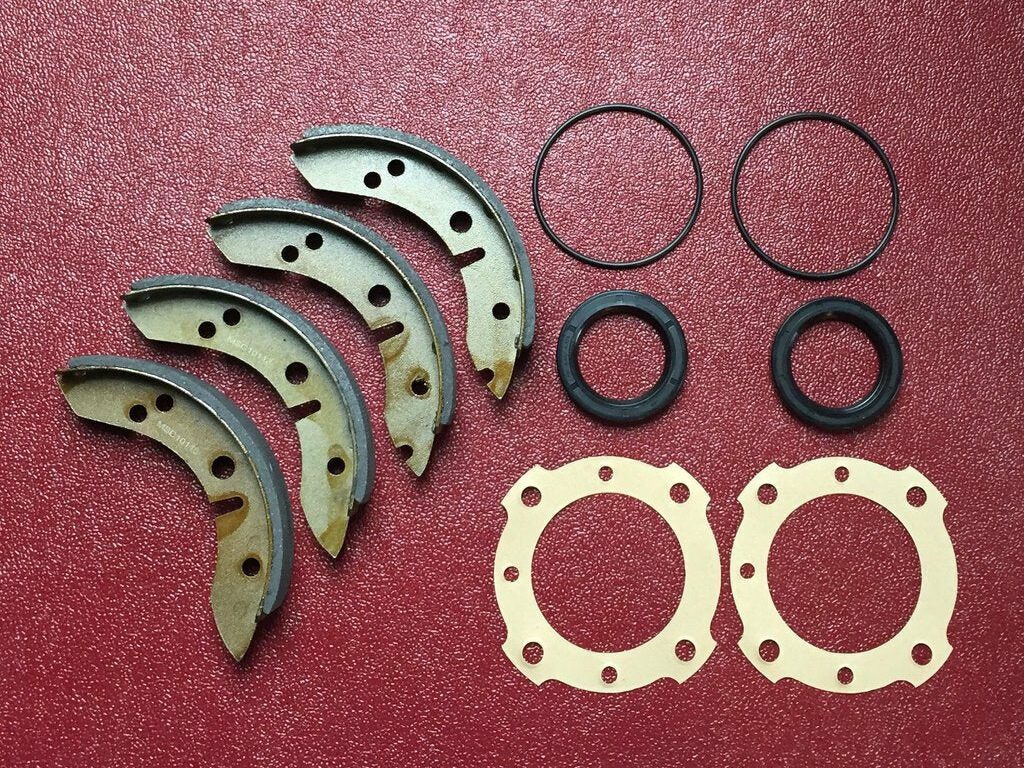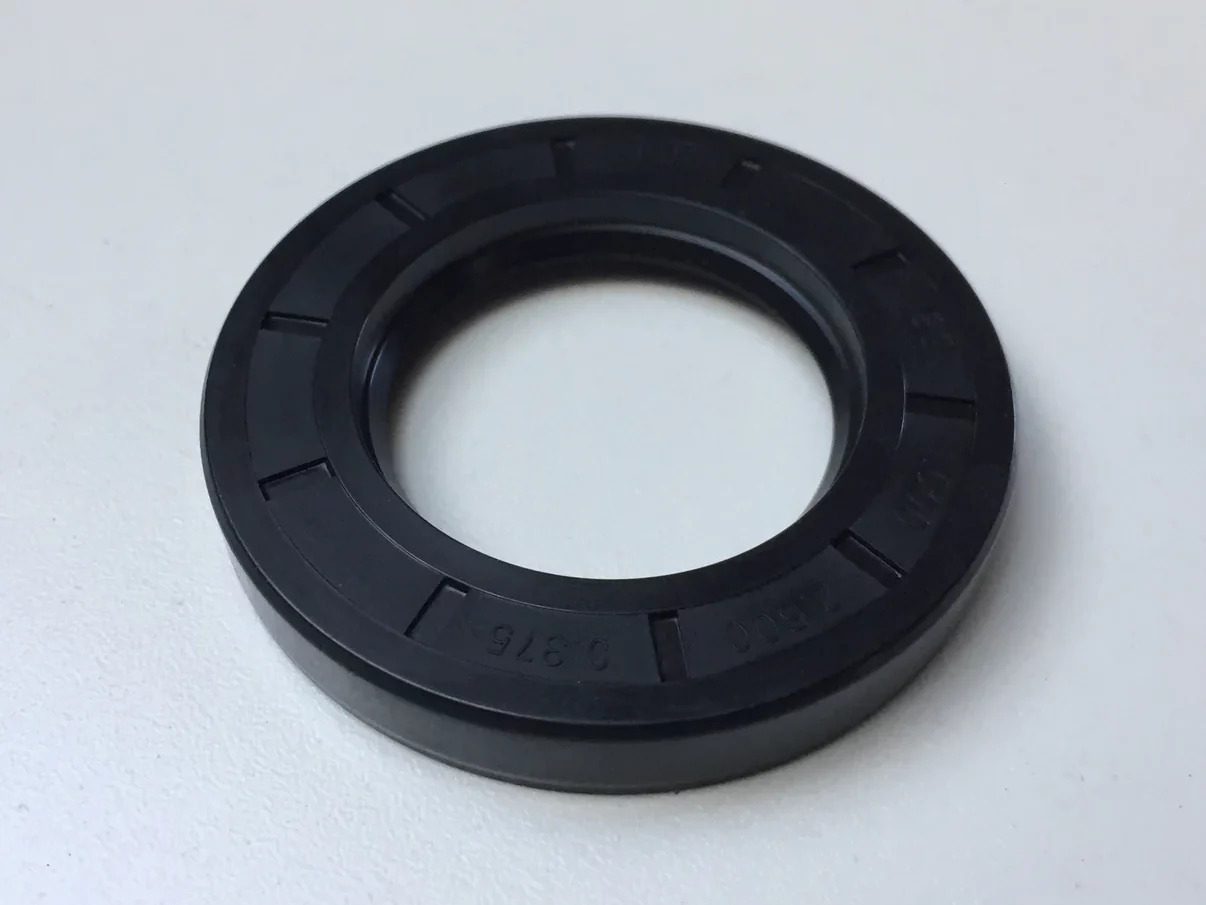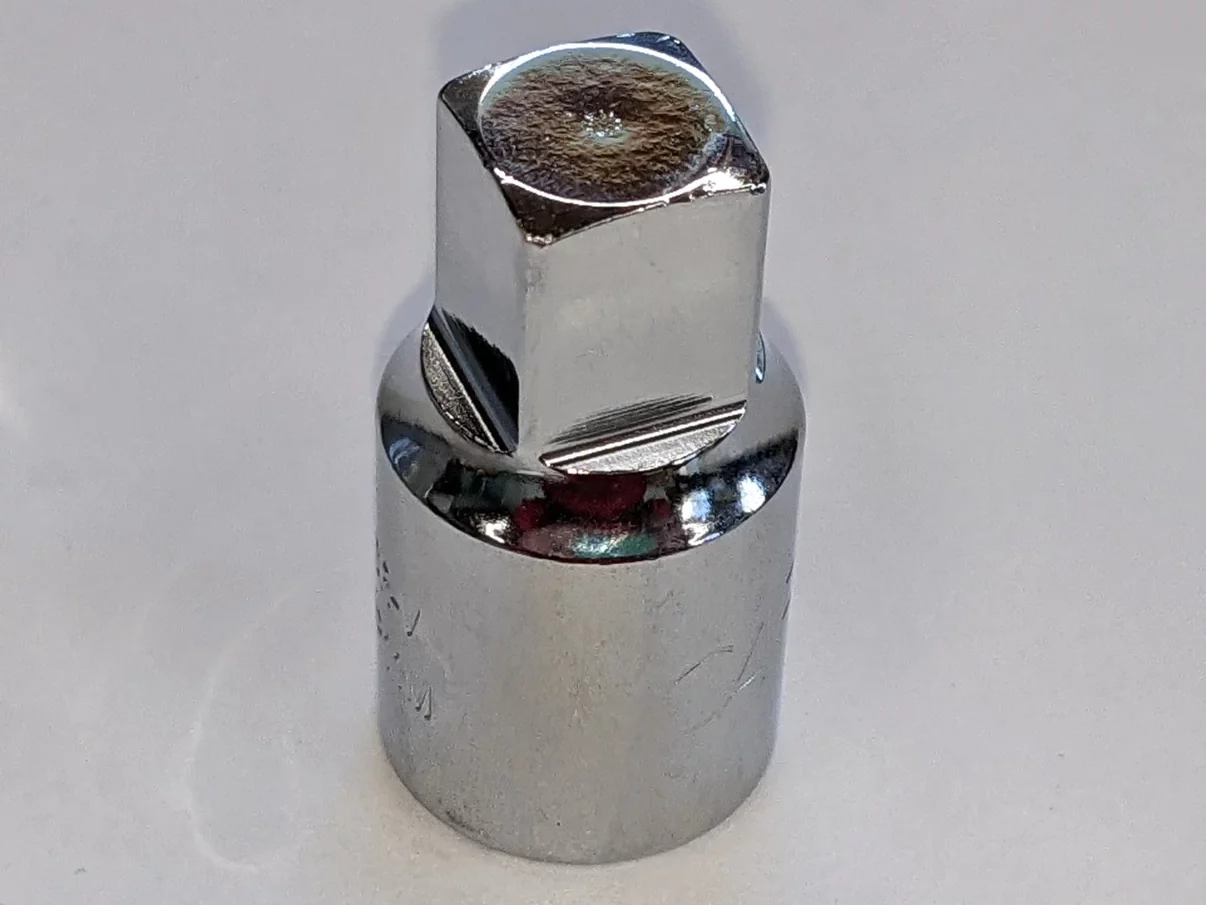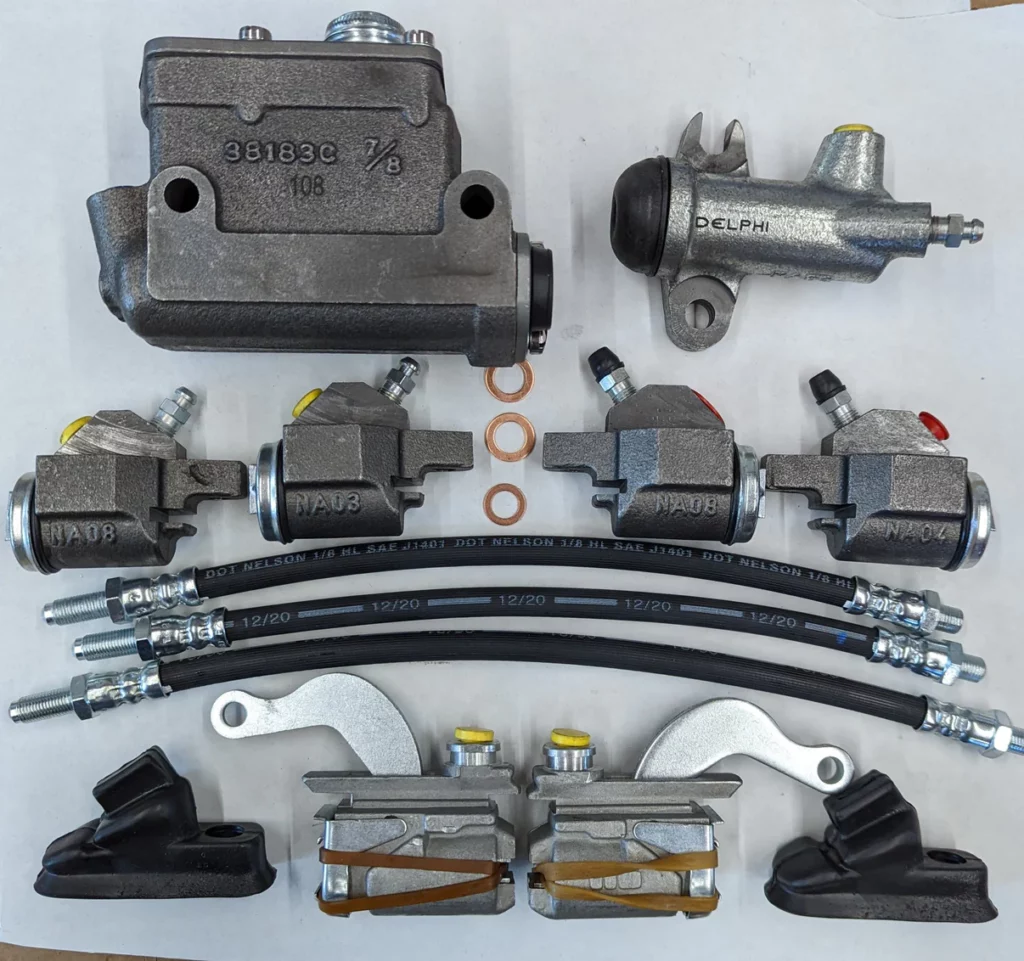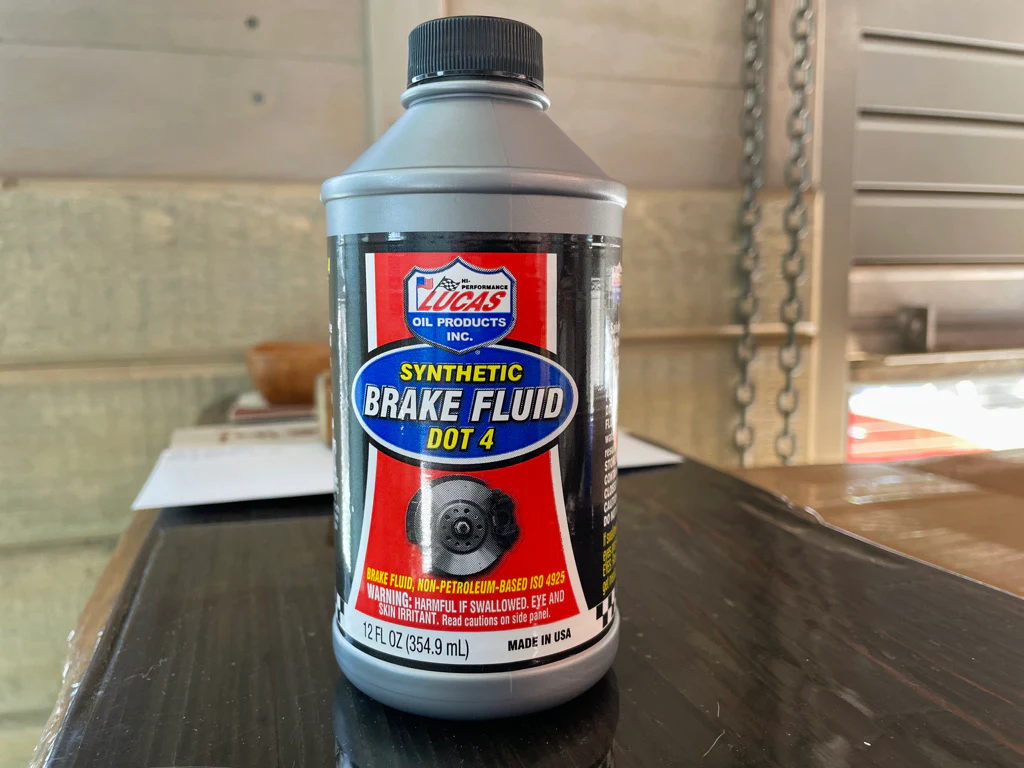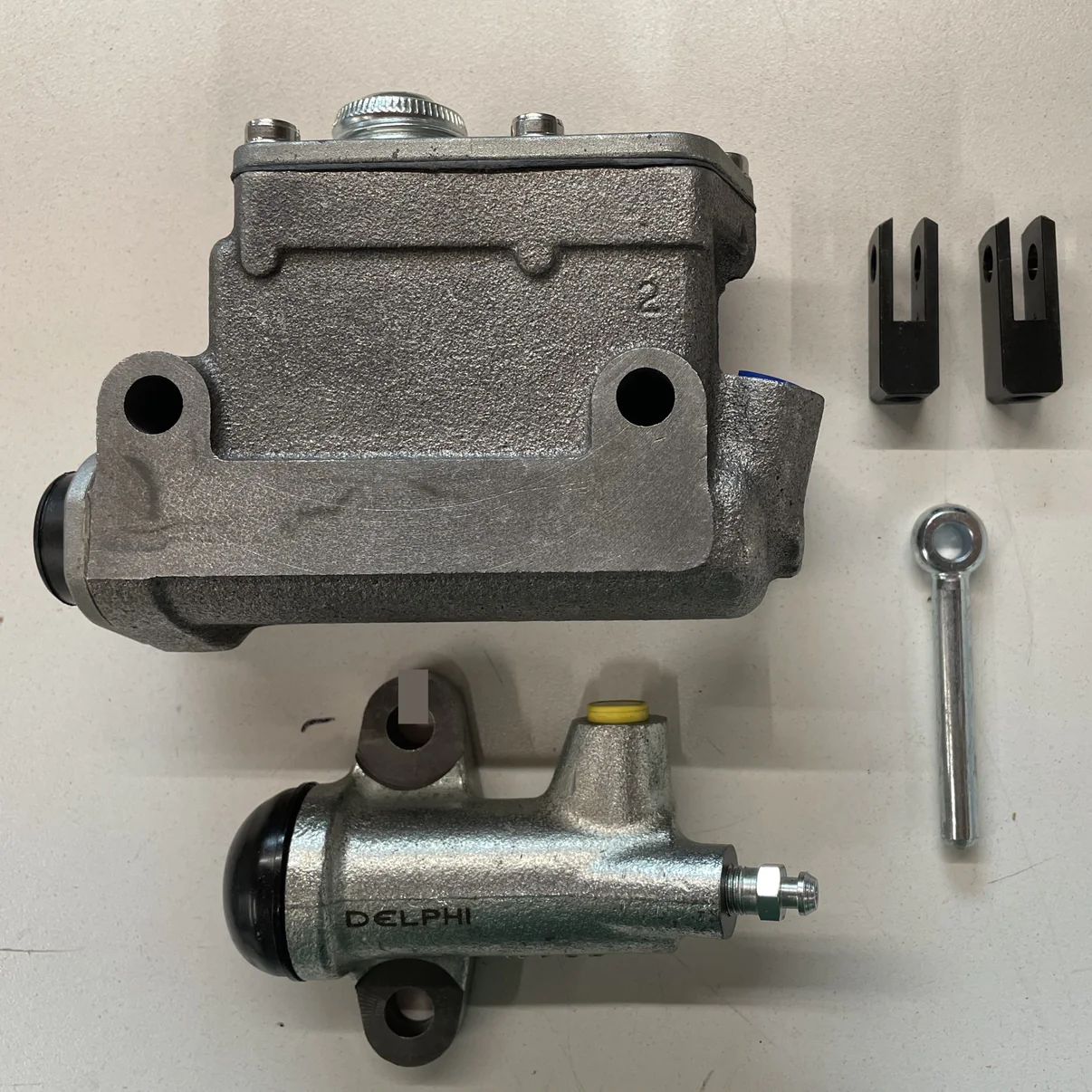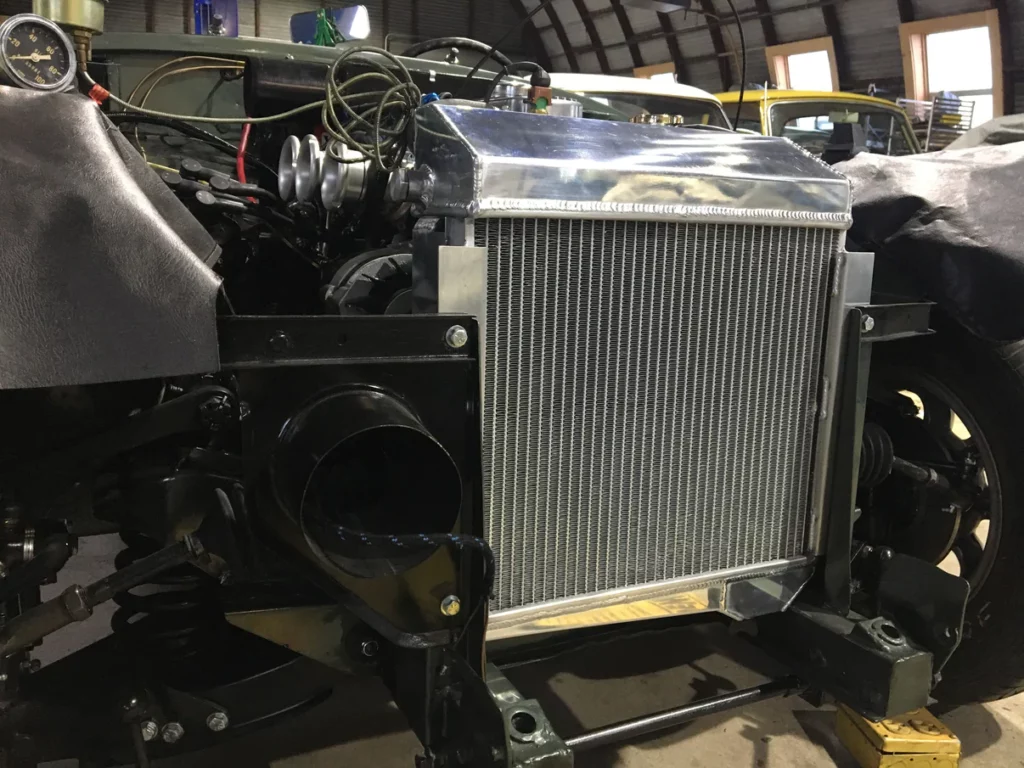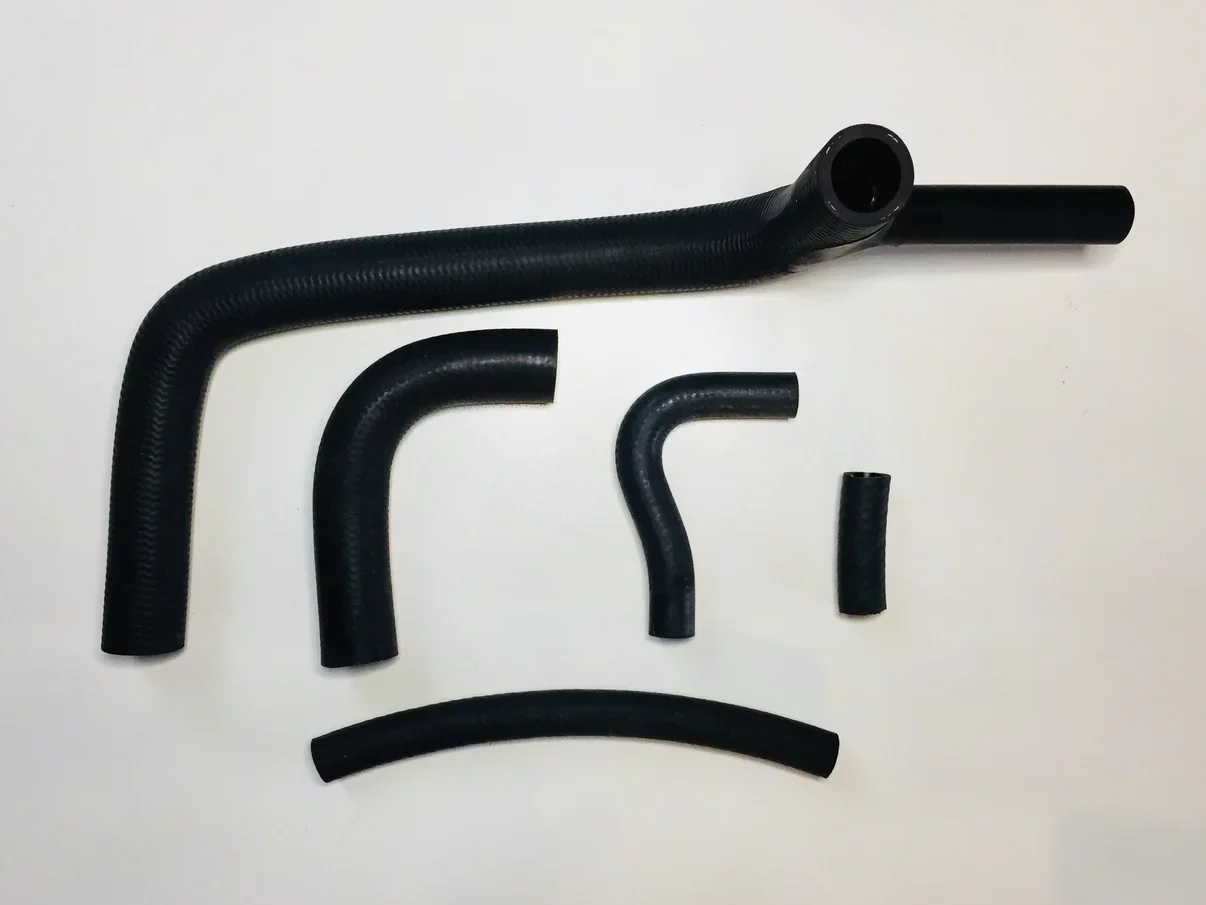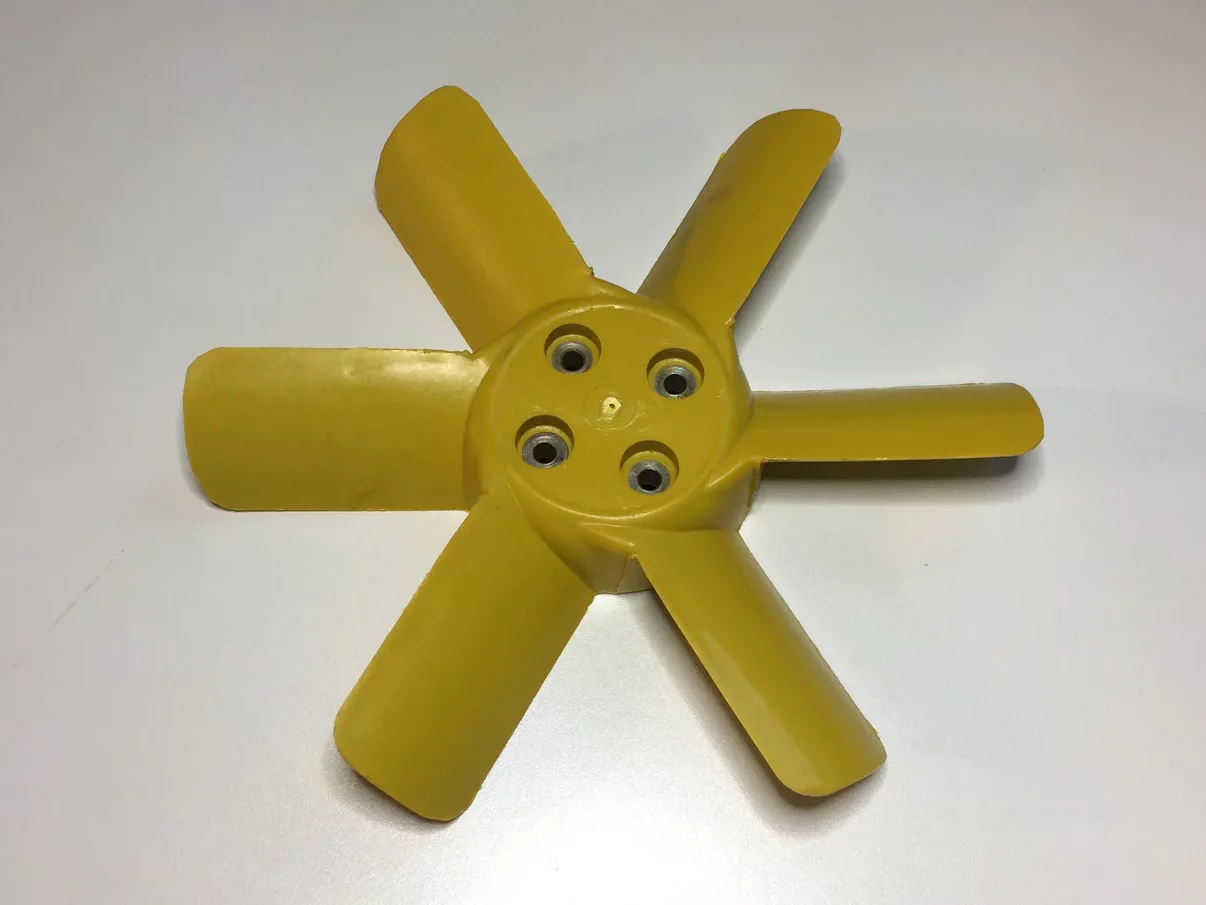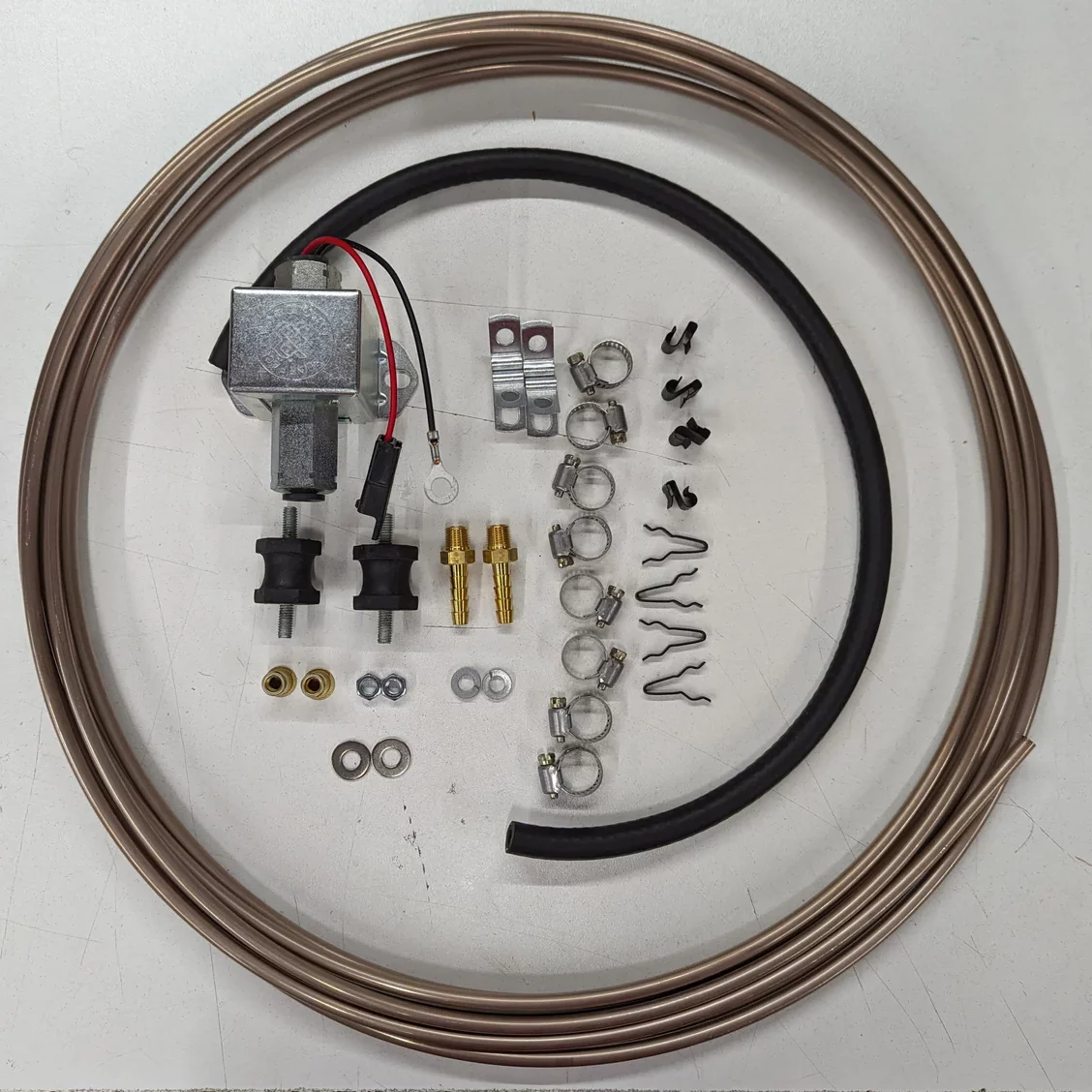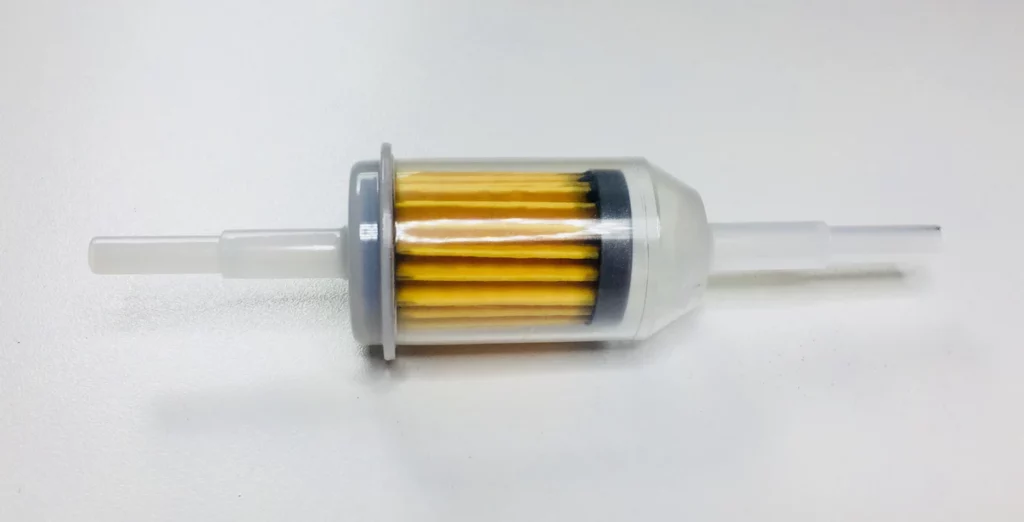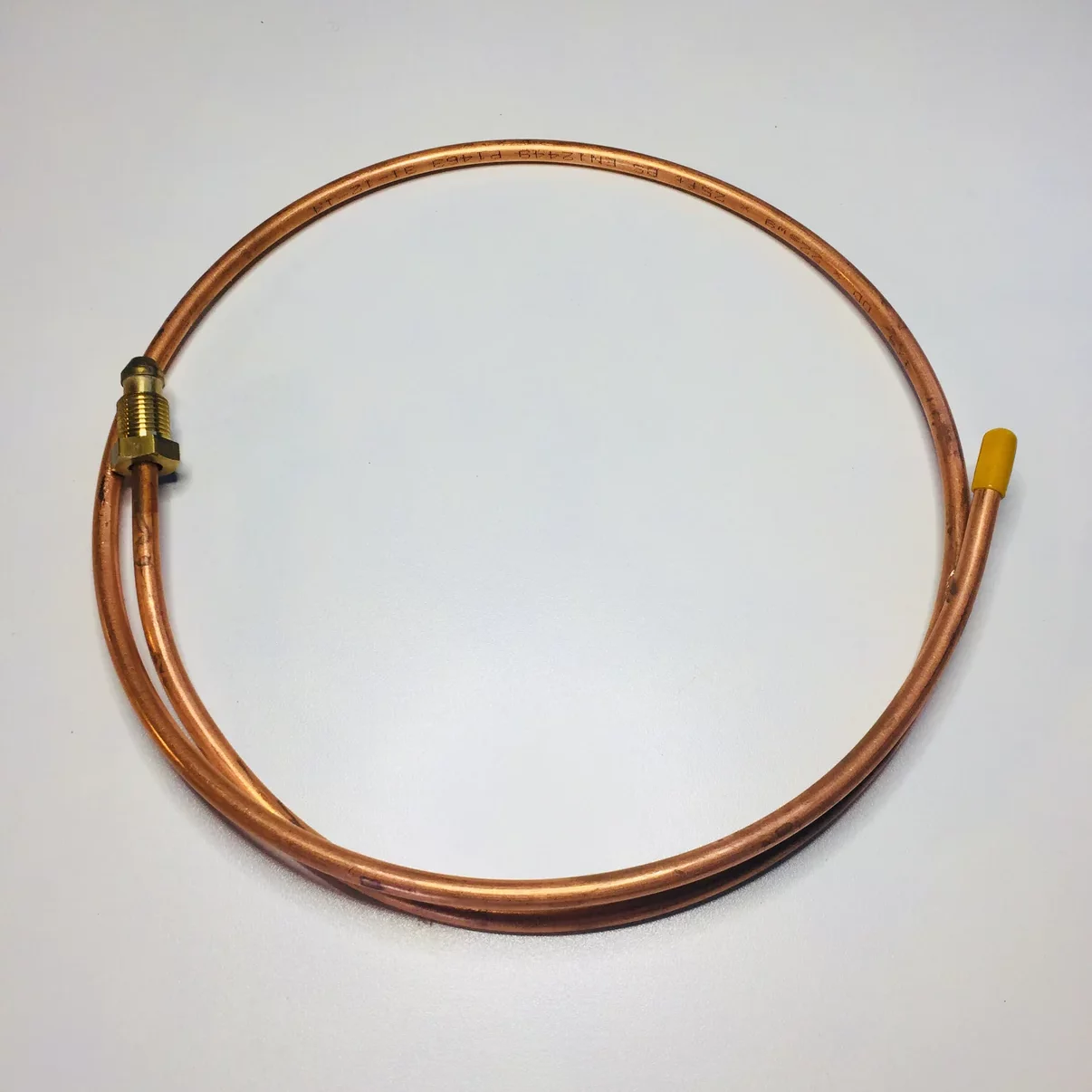The most important thing your Bugeye needs to be able to be enjoyed for decades to come is routine maintenance. The biggest key to this is maintaining your fluids so that they are fresh and topped up. At this stage in their lives, 60-year-old British cars leak fluids. This is unavoidable. So it is important to make sure to keep these fluids at their intended levels and should be monitored consistently.
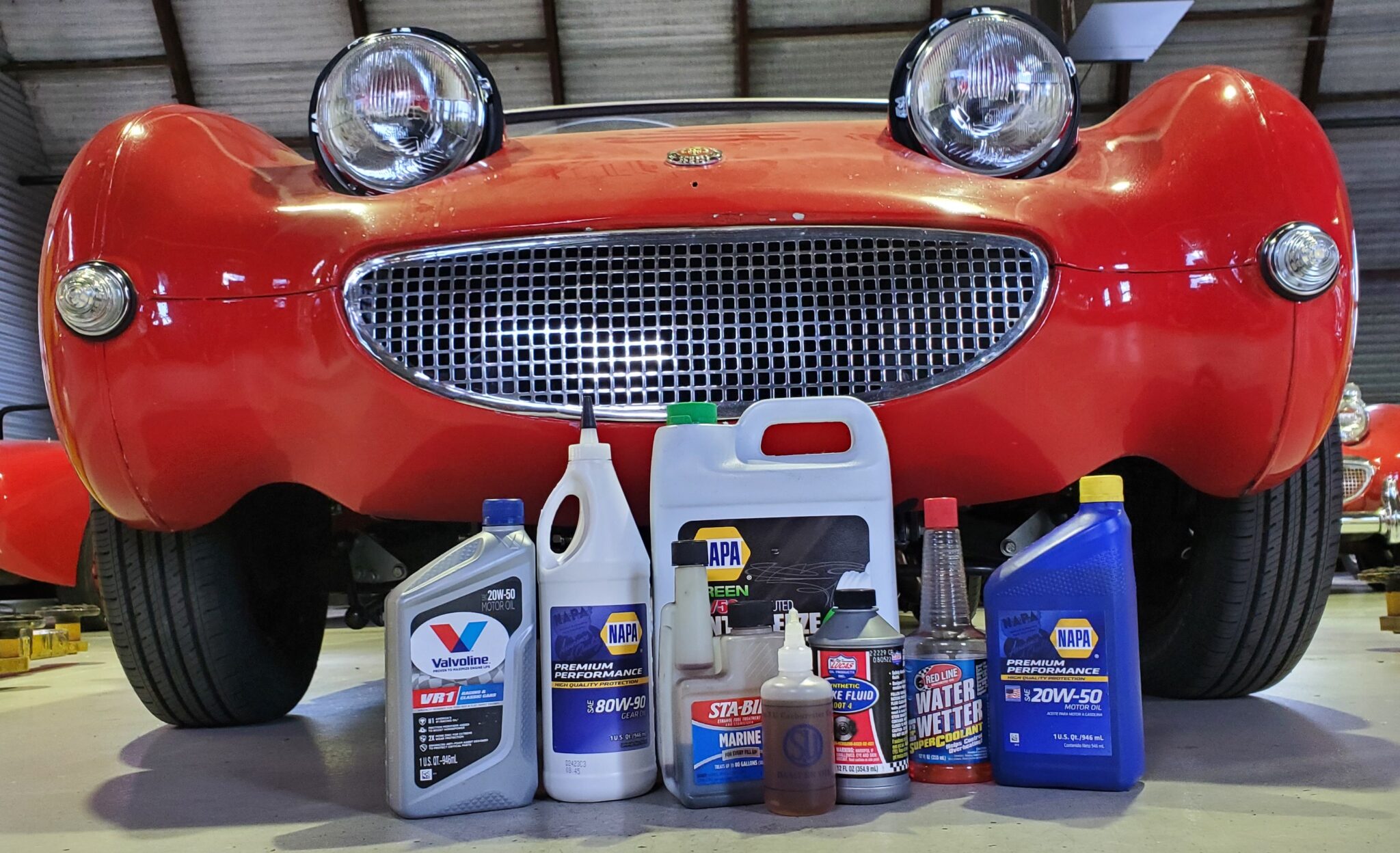
A couple of questions that come up a lot are the types of fluid used in each system and how much they take. So in this post we will tackle each fluid needed in your Bugeye, which type it takes and how much of it is typically used, as well as some tips and suggestions for parts to look at when checking these fluids. Click here to view our full catalog!
Engine Oil
When it comes to engine oil, Bugeyes are often subject to a small drip or two, and after 60 years any engine likely consumes a little oil. As such, this fluid is probably the one that needs to me topped up the most. We use Valvoline VR1 20w50 in all of the Bugeye engines that come through our shop. Typical classic car oil change intervals are every 3 months or 3,000 miles, whichever comes first. This may not be practical for a car that’s driven a maximum of 1,000 miles a driving season; changing the oil at the beginning of each driving season is what a lot of our customers choose to do.
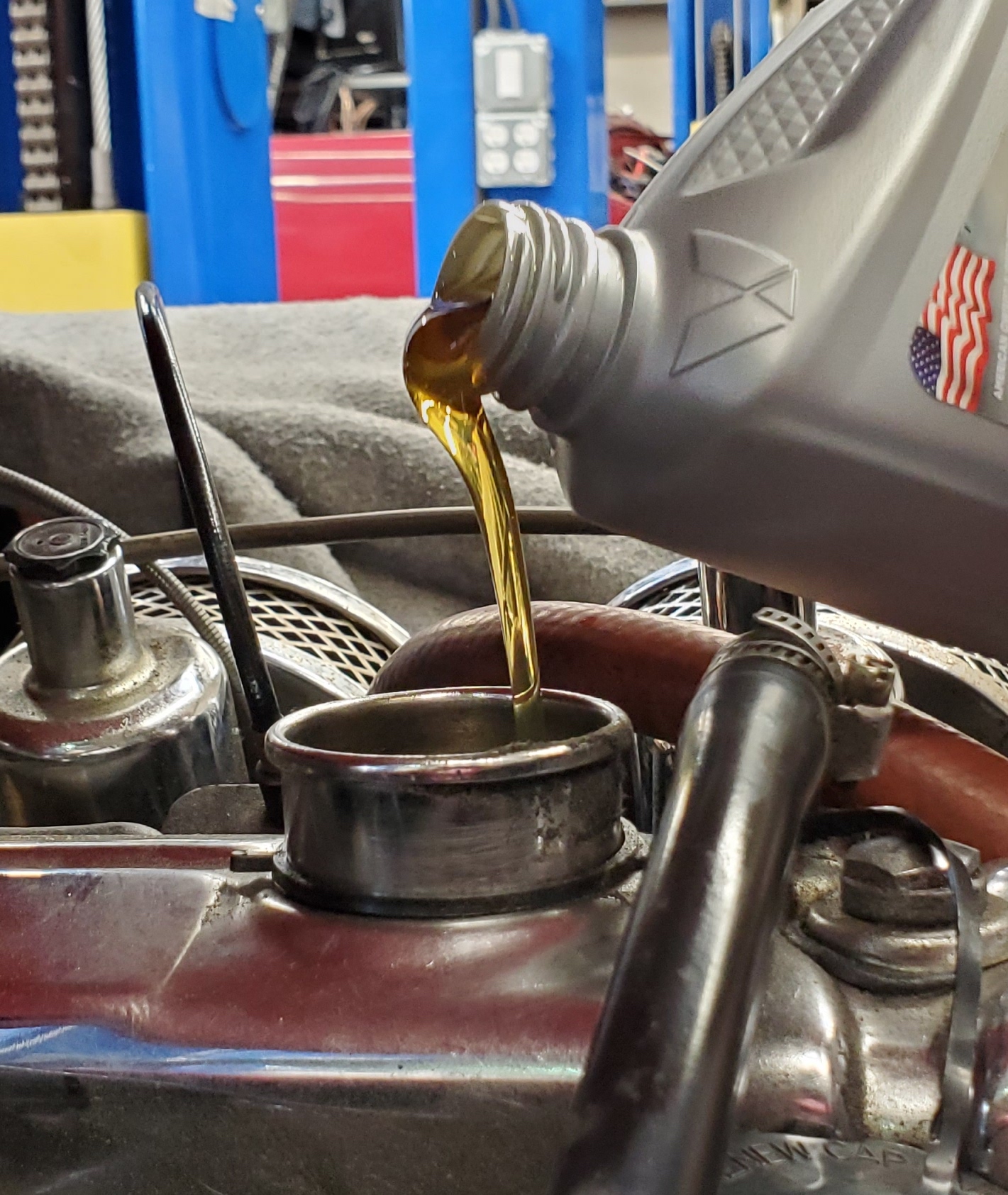
The shop manual (buy your copy here) lists the oil capacity when changing the oil and filter at “7 pints” (3.5 quarts), but we find that generally it takes a little over 4 quarts to top up a Bugeye (948, 1098, and 1275 all have the same capacity). Start with the recommended capacity and check the oil level at the dipstick (located on the RH side of the engine block at the middle, between the distributor and oil filter housing) and add until full. We stock the oil filters necessary to complete your oil change; if you have the stock cartridge-style filter housing and want to upgrade to the less messy, easier-to-use spin-on oil filter, we offer a conversion kit for that, too! Click the photos below for more information.
Gearbox
The gearbox is a little different. Rib case and smooth case gearboxes also take 20w50 motor oil in them, and take generally between 1 1/2 and 2 quarts. The fill plug is accessible through the passenger compartment, on the driver’s side of the transmission tunnel, under the flooring, behind a rubber plug. Topping up transmission fluid is a bit of a tricky endeavor for a couple of reasons. Firstly, it is VERY easy to strip the threads on the filler plug, as the case of the transmission is soft aluminum and the plug itself is steel. It is critical to make sure that you are careful when removing and re-installing the fill plug. Also, having to fill your gearbox through the passenger compartment means being very careful not to spill any on your floor! The easiest way to do this is by using a fluid pump, which attaches to the lid of the bottle and can be pumped into the fill hole with a lot less mess! You can order one from our catalog by licking here.
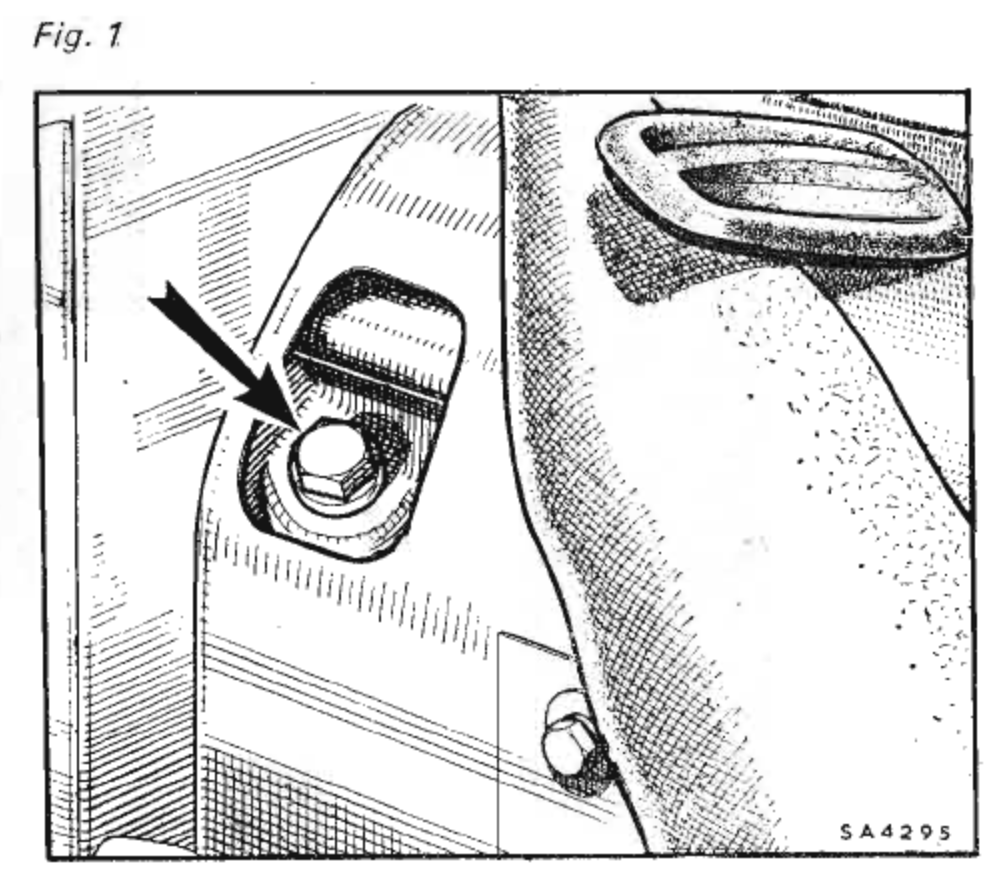
We offer a number of items your transmission needs in addition to the occasional fluid top-off, check them out by clicking on the photos below!
Rear Differential
The rear differential oil is another often neglected level that should be checked regularly, as leaks from the axle gaskets are not uncommon. Provided the differential hasn’t been swapped for a new limited slip differential (for sale here), the oil the rear axle takes is regular 80w/90 gear oil. The fill plug is on the back of the differential housing (which you can open easily with a special tool, available by clicking here) and it generally takes a little over a quart. Just add oil until it starts to come out of the fill! That’s how you know you’re full!
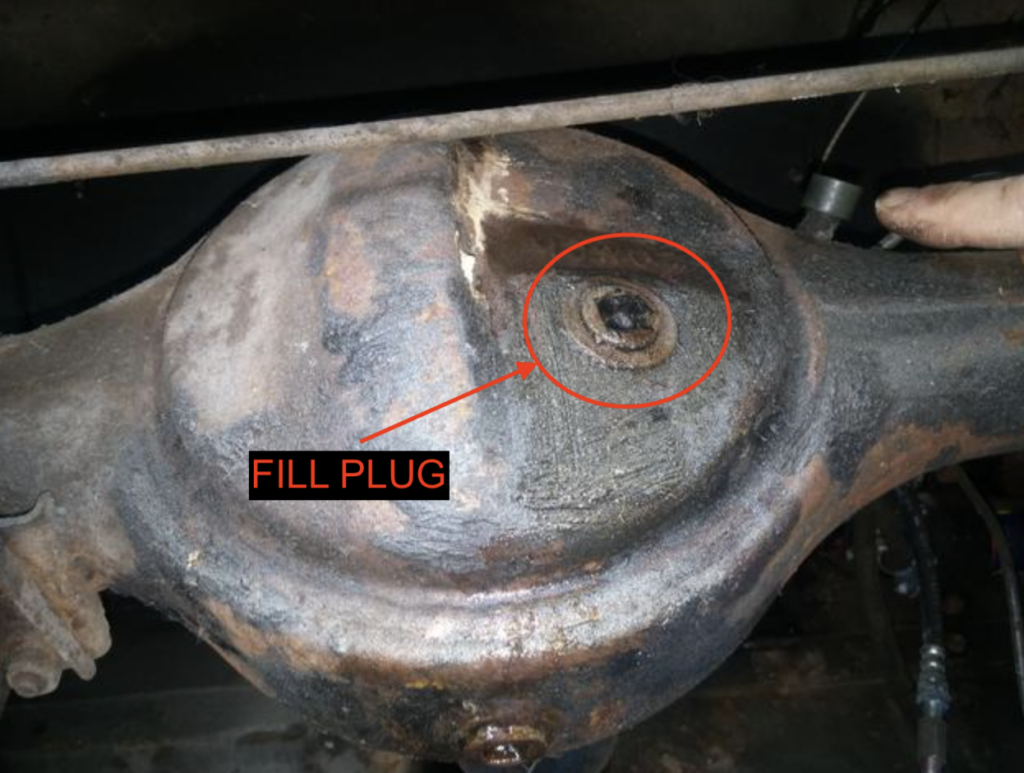
Should you find leaks in your rear axle, you will need these items to re-seal your wheels and keep them clear and dry! Click the photos below for more information.
Brake & Clutch Hydraulics
The brake system is the one hydraulic system in a Bugeye where a loss of fluid means you have a leak and need to find it, FAST. Brake fluid does not evaporate under normal conditions; any loss of brake fluid is indicative of a leak or of excessive moisture in your braking system, and needs to be addressed.
It’s smart to check your hydraulic fluid level every time you fill up with fuel. If the level seems to be dropping each time you check, then you have a leak. This is your first line of defense, and checking the hydraulic fluid level is every bit as important as checking the oil on these cars.
Once you find and neutralize the leak, you will need to bleed the system of any air, and this will mean adding brake fluid. The fluid we use is Dot 4 brake fluid, which is an improved version of the traditional Dot 3 brake fluid that has a higher boiling point. This is NOT to be confused with Dot 5 silicone brake fluid, which is not compatible with Dot 3 or 4 and is ordinarily purple in color. DO NOT MIX DOT 5 WITH ANY OTHER TYPE OF BRAKE FLUID. You will ruin your entire braking system and will need to start over with all-new components, including flushing out the lines and tee fitting. Know the difference! (Click here for a helpful article we found on the internet explaining the different brake fluids and what some signs and symptoms might be of high moisture in your brake fluid.)
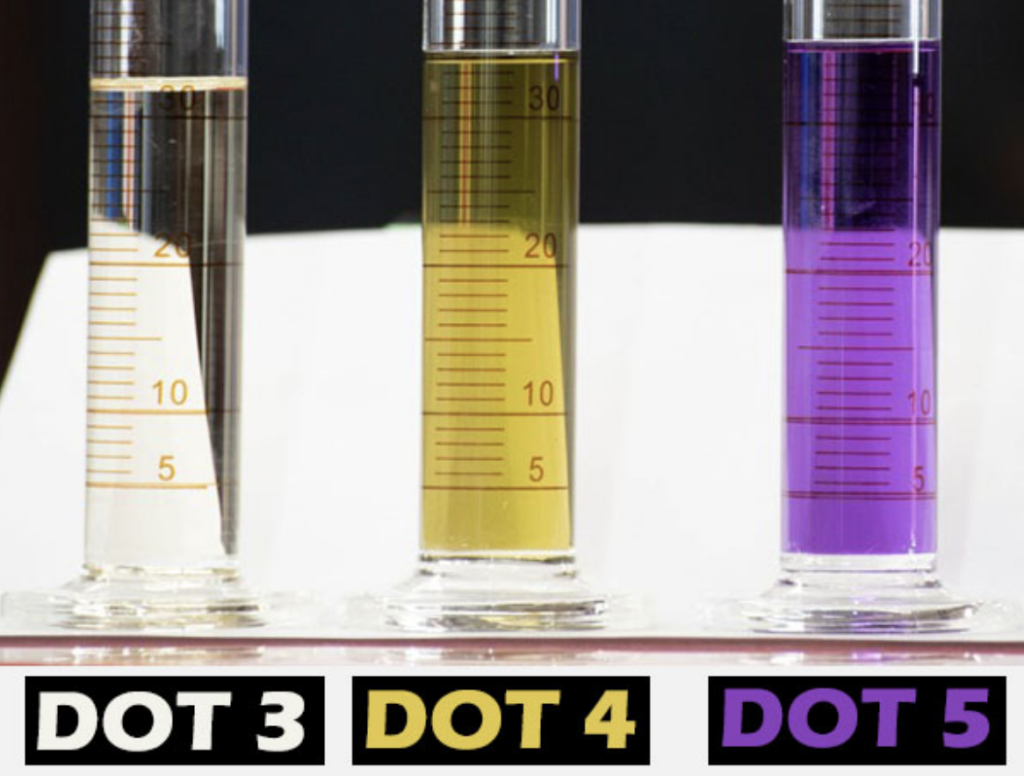
If you find yourself chasing a hydraulic system leak, it is always a really good idea to service the entire brake system at the same time, as once one component begins to leak, the others aren’t far behind. We offer a full line of brake and clutch hydraulic components to help make your service job as painless as possible! Click the photos below for some kits we have available, or chick here to view our full line of hydraulic components individually!
More than 50% of the time cars arrive in our facility with a leaking slave cylinder. There are cheap ones out there that don’t last. We sell a premium unit that we have tested for the best longevity. You can find it for sale here. And make sure to peel back the boot on your slave cylinder to check for leaks each time you are under your car!
Antifreeze/Coolant
That brings us to our “coolest” fluid, coolant! Bugeyes run the same traditional green coolant that most eery classic car runs, and this is an important fluid to keep topped up, too! There isn’t an exact specification for the coolant capacity, but if you’re changing your coolant hoses or your water pump or another cooling system component, expect to need at least a gallon, likely more. Cooling systems on Bugeyes are notoriously pretty finicky; Bugeyes have had overheating problems since they were new. (Click here to read more about early Bugeye Sprite cooling systems and how they perform under summer driving conditions, as experienced with 501 on the way to the Greenwich concours last June.)
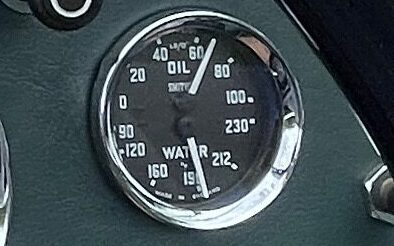
The best things you can do to keep your cooling system in line is to be sure to perform regular maintenance, and also to upgrade to an aluminum radiator and six-blade fan. These two upgrades will increase the reliability of your cooling system exponentially! Learn more by clicking the photos below, or click here for all of our cooling system components!
Gasoline
Your Bugeye isn’t going anywhere without gasoline! While it may seem like a very simple fluid to maintain, there’s a little bit more to it than just going to the gas station and filling your tank. First off, you want to make sure you get the right grade of gas to make sure your engine is running in tip-top shape. First and foremost, you will want to find a fuel that contains no ethanol, if possible. Not all states carry ethanol-free fuel, but if you have a local station that does, use it! We run premium fuel here at the shop in all of our cars; a lot of our clients prefer to run regular 87 octane, and you certainly can if you choose to, but the lower octane rating can occasionally cause ignition pinging issues. Higher octane ratings, like 91 and 93, tend to be the more likely candidates to have no ethanol in them, or at least less ethanol, so it may be your best option in that regard, as well.
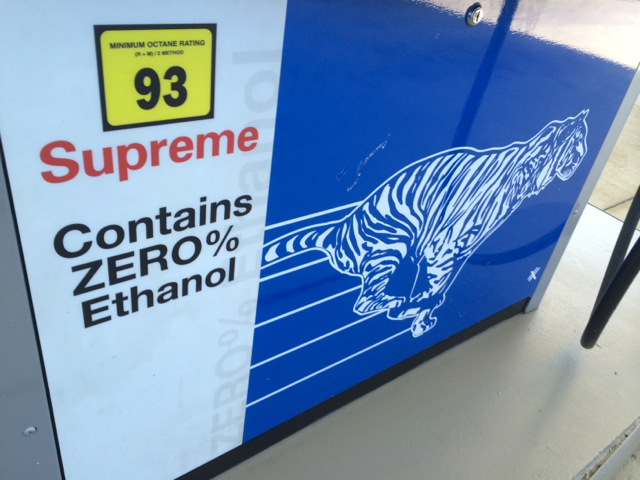
There is also a specific way to fill up your Bugeye to prevent spilling fuel on your beautifully-painted rear deck! Check out the video below for a fill-up tutorial:
Should you need to replace components in your fuel system ,we offer a full line of Bugeye fuel system products to make any project a successful one! Click the photos below for more information on our most popular products or click here for our full line of Bugeye fuel system parts!
Auxillary Fluids
In addition to the main fluids necessary to keep your Bugeye up and running, here are a few other fluids that we sell that are for very specific things or are designed to improve existing systems.
SU H1 and HS2 carburetors use oil in their dashpots to help hydraulically dampen throttle application and provide smoother acceleration. We sell dashpot oil in our parts catalog; click the photo to order or click here!
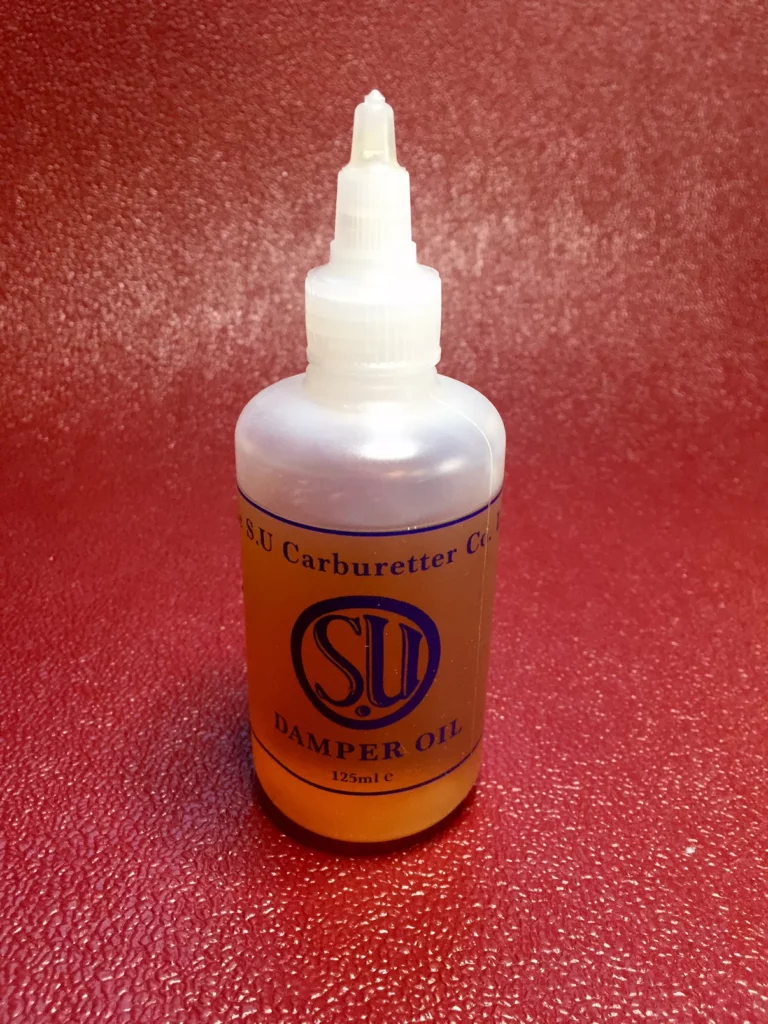
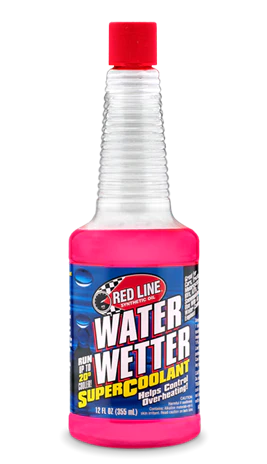
Earlier in this post we discussed an overheating problem Bugeyes have been plagued with since they were new. If you are looking for additional protection against overheating, we offer a product called Water Wetter. Water Wetter is a coolant additive that is designed to help reduce internal engine temperatures and is a great supplement to add to your cooling system! We have used it in 501 (more on that story here) and other Bugeyes with great success! Order yours by clicking the photo or by clicking here!
Once driving season is over and it’s time to tuck your car in for a long winter’s rest, you will want to stabilize the fuel left in the fuel system so you can start the car in the spring. We sell fuel stabilizer specifically for this purpose! We have found this to be the most effective stabilizer for winter storage of our Bugeyes. You can order yours by clicking the photo or by clicking here!
And for those of you with large car collections who drive your cars infrequently, stabilizer should be used during driving season as well. You can’t just top up old fuel with a gallon or two of new fuel and expect your car to run right… stabilize the entire tank if you think the car will only drive under 100 miles per year. Fuel separates and looses volatility. We drain (and properly dispose of) lots of old fuel every year. Use this product to ensure your your seldom used classic car always has the best fuel supply!
